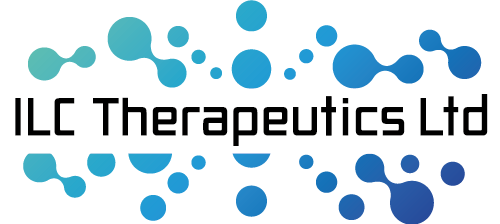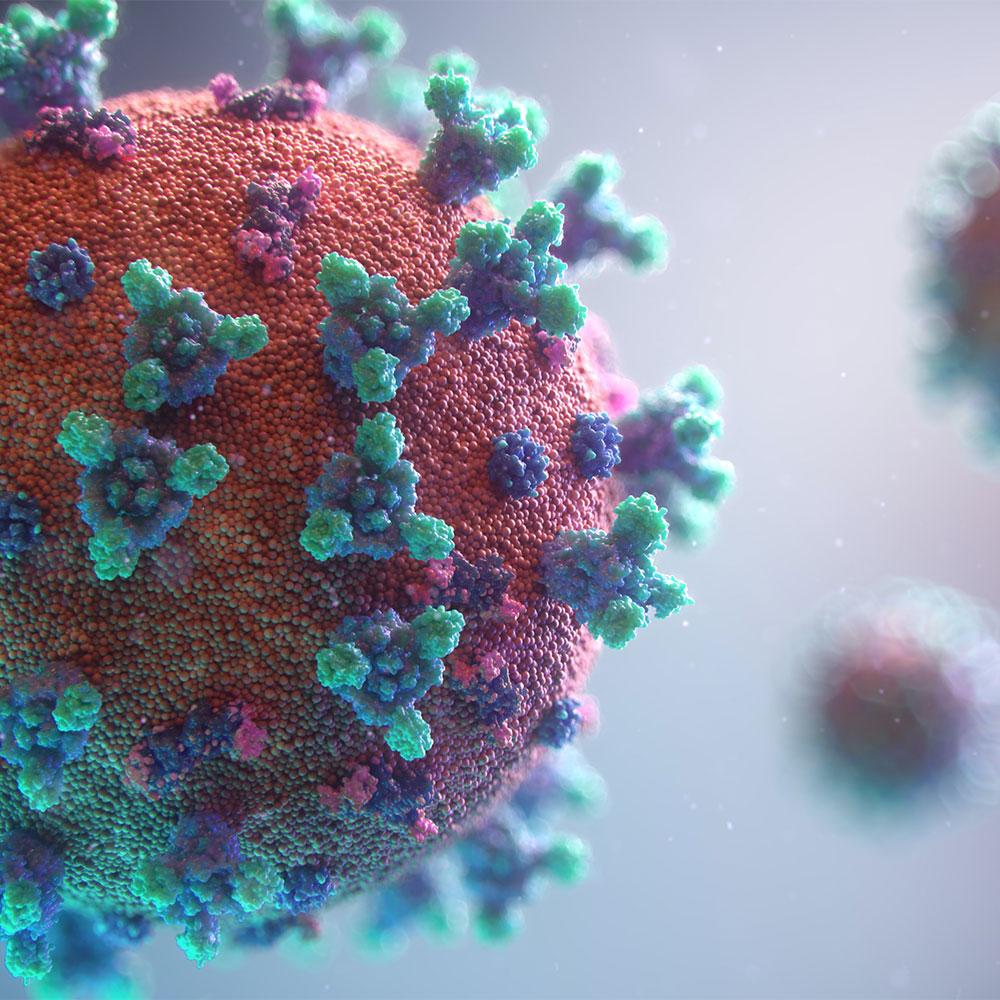Quality of life impacts
Atopic dermatitis
Atopic dermatitis is a chronic inflammatory disease of the skin that affects around 15-20% of children and 1-3% of adults. Almost 19% of children do not respond to current treatments.
According to the World Health Organisation, the quality of life impacts on children with atopic dermatitis are second only to cerebral palsy among childhood disorders.
Atopic dermatitis is believed to be triggered when the body loses control over the innate immune system at the level of the keratinocytes that make up the skin.



